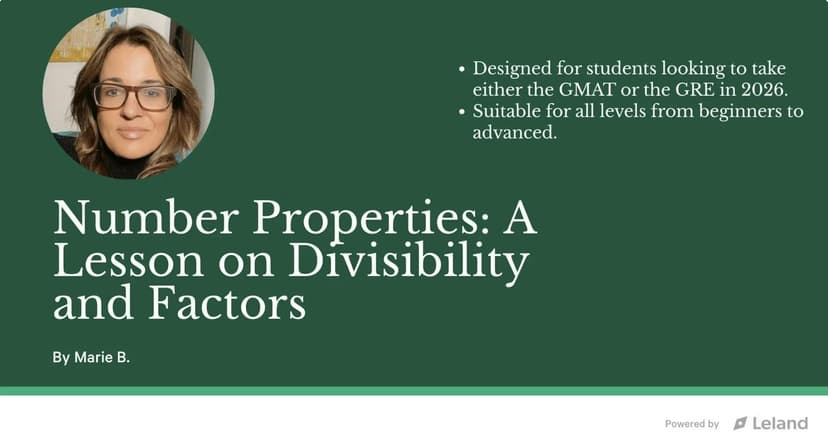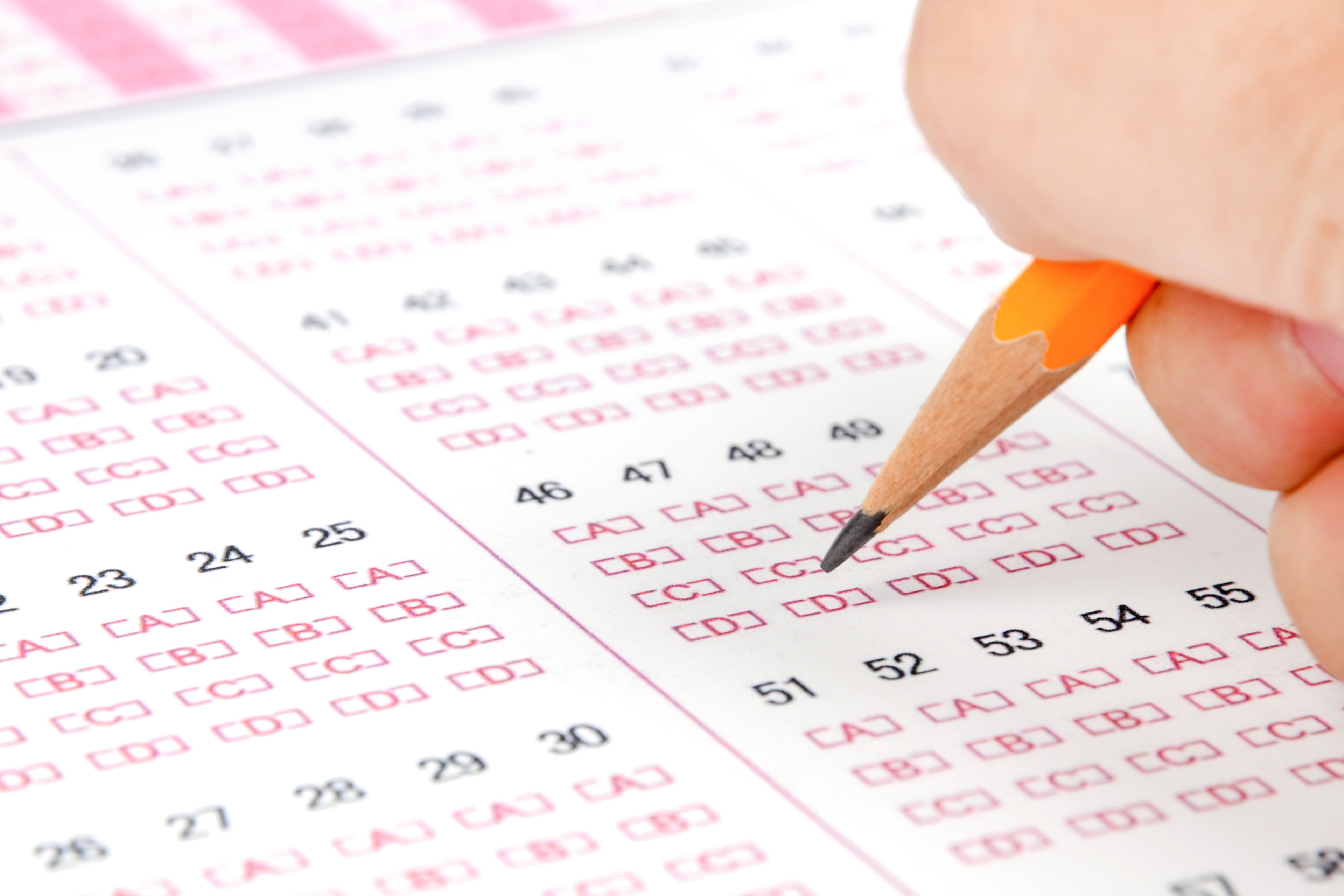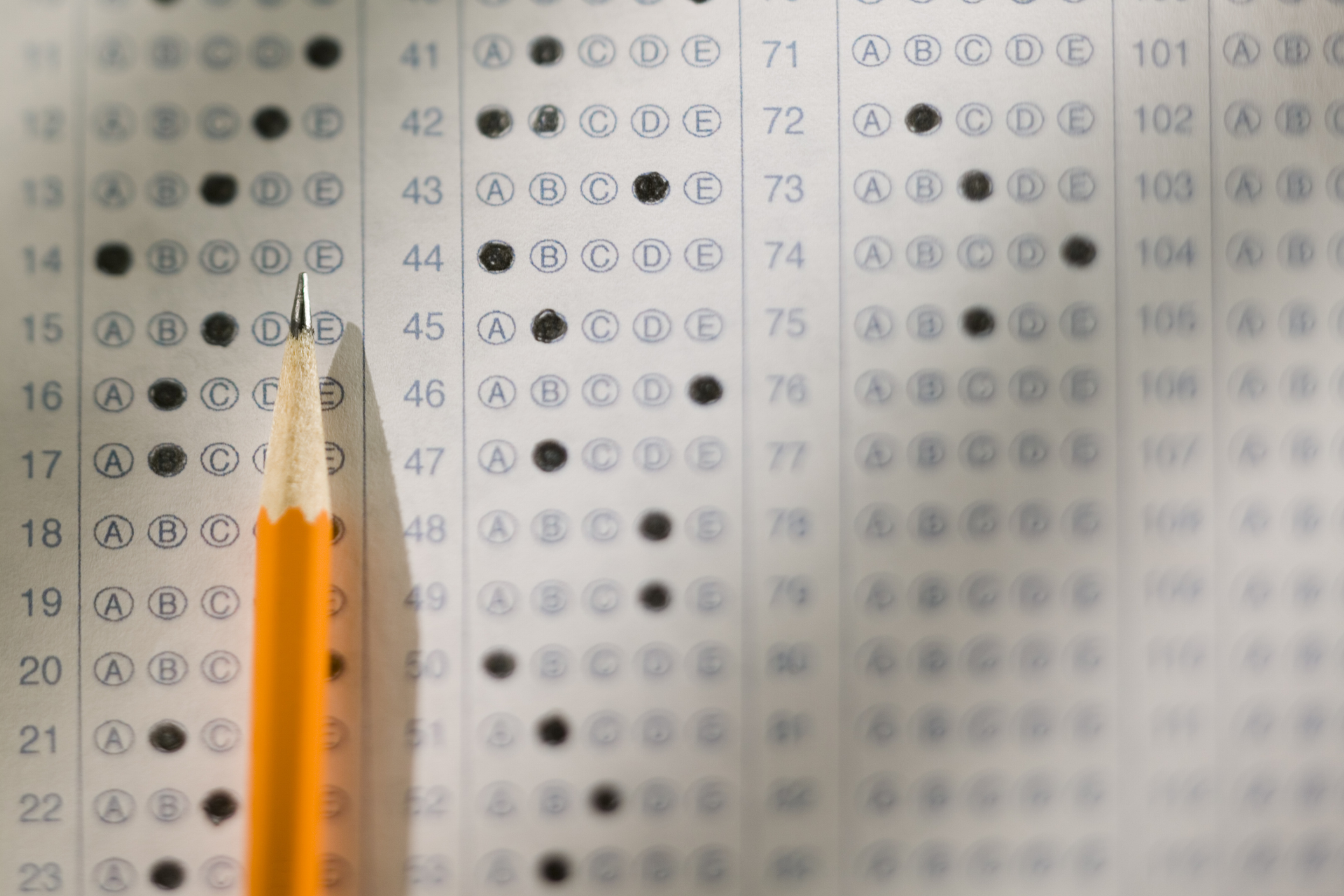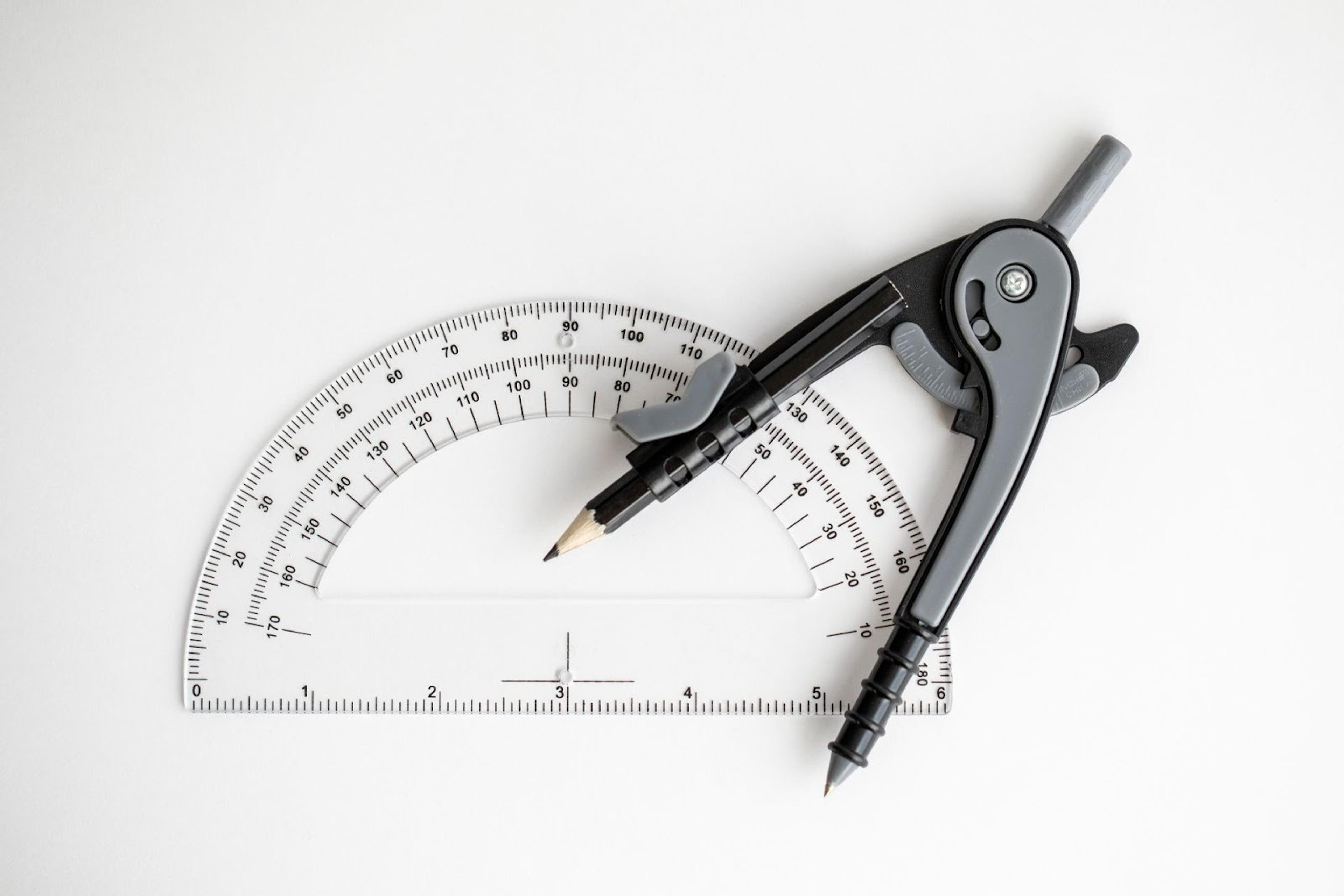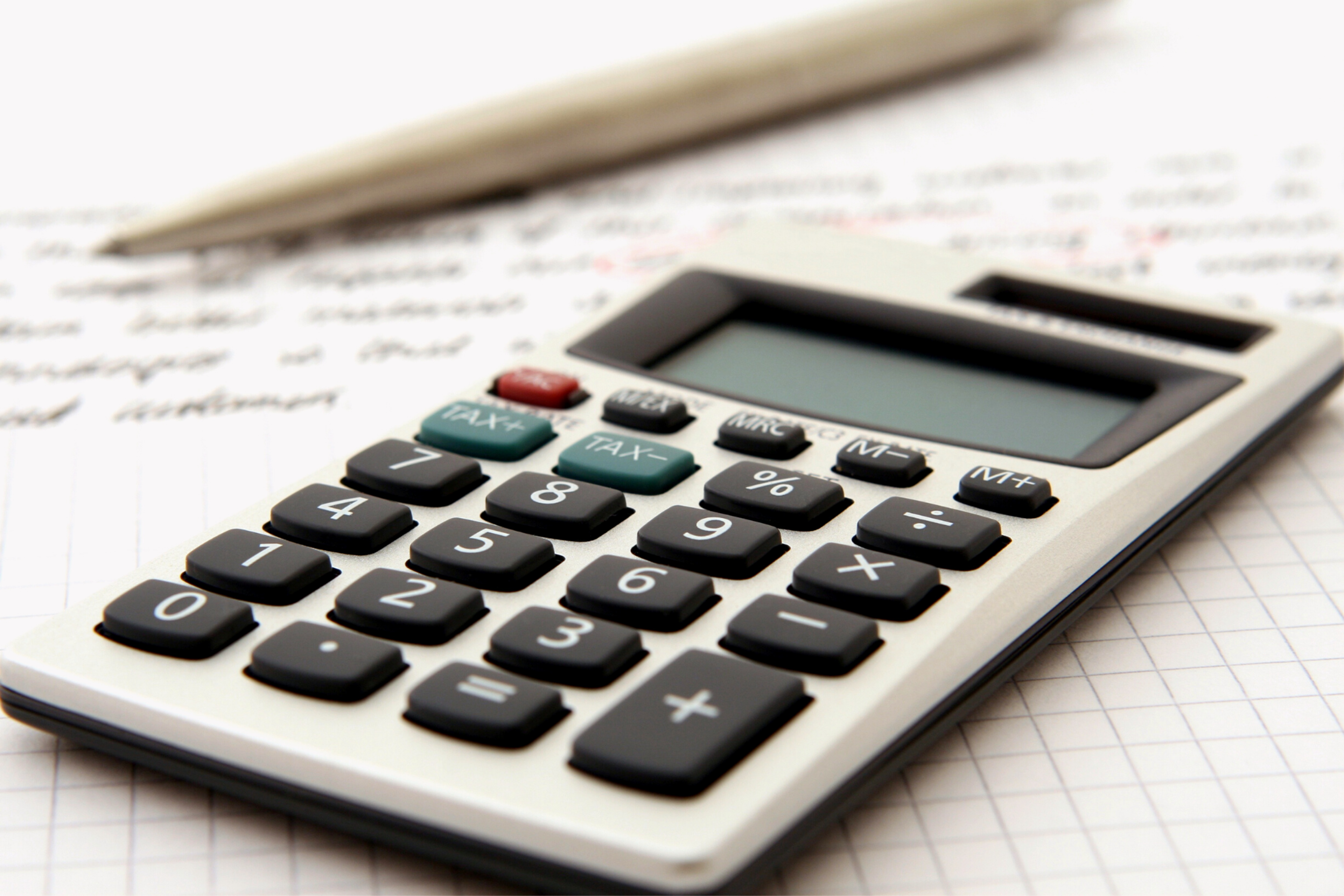
Join a free event
Learn from top coaches and industry experts in live, interactive sessions you can join for free.
Table of Contents
Word problems are a big part of the GMAT quant section and getting the hang of them can really boost your score. These problems ask you to turn real-life situations into math equations, and doing it quickly and accurately is really essential. Whether you’re just starting to study or want to improve your strategy, this guide will give you the tools and tips to tackle GMAT word problems with confidence. Careful reading of each word problem is crucial because it helps you understand exactly what is being asked and reduces the chance of making mistakes.
Read: GMAT Focus Sections: Overview & Structure Breakdown
What Are GMAT Word Problems?
GMAT word problems are questions that describe a situation, and your task is to extract the important information and turn it into a math equation. These are designed to assess how well you can use logic and mathematics to solve real-world problems. They are specifically crafted to test skills that are essential for human reasoning and real-world decision-making.
It is not just about doing calculations but also about understanding them and then figuring out the right math approach to get the answer.
Types of Word Problems
Word problems on the GMAT can seem tricky at first, but once you get the different types, they become a lot easier to tackle. Some GMAT problems, especially those involving set theory or probability, require you to identify each element within a set or group. Let’s break down the main types of word problems you will encounter in the GMAT Quant section:
1. Arithmetic Word Problems
These are the most straightforward kind. They focus on basic math concepts like percentages, ratios, and proportions.
For Example: Find the price of an item after a discount. For instance, if a $50 shirt is on sale for 20% off, how much is the discount?
Sample Answer: To find the discount, just calculate 20% of $50, which comes out to $10. That means the discount is $10. When you subtract $10 from the original price of $50, you’re left with $40. So, the shirt costs $40 after the discount.
2. Algebra Word Problems
Algebra word problems require you to create and solve algebraic equations based on the information provided. You’ll need to translate the words into equations that you can solve to find an unknown value.
When setting up your equations, it's important to choose a clear variable for each unknown. Select a letter that makes sense for what the variable stands for. For example, use the letter 'S' as a variable to represent 'salary'. Clearly stating what each variable stands for helps organize your work and makes the problem easier to understand and solve.
For Example: “The sum of two numbers is 30, and their difference is 6,” you would write two equations like this:
- x+y=30x + y = 30x+y=30
- x−y=6x - y = 6x−y=6
From here, you can solve for xxx and yyy by using basic algebra. The solution would tell you the two numbers.
3. Geometry Word Problems
These problems deal with shapes, areas, and volumes. You might need to calculate the area of a rectangle, the volume of a cylinder, or the perimeter of a triangle. They usually come with visual diagrams, so make sure to use them to guide your calculations.
For Example: You may get the question “What is the area of a rectangle with a length of 10 units and a width of 5 units?” To solve this, you would simply multiply length by width: 10×5=5010 \times 5 = 5010×5=50. So, the area is 50 square units.
4. Rate and Work Problems
These problems typically focus on speed, time, or work-related scenarios. You’ll often be asked to figure out how long it takes to complete a task or how much work can be done in a certain amount of time.
For Example: “A car travels 60 miles in 1 hour. How far will the car travel in 4 hours at the same speed?”Since the car travels 60 miles in 1 hour, in 4 hours it will travel 60×4=24060 \times 4 = 24060×4=240 miles. So, the car will cover 240 miles.
5. Probability and Statistics Problems
These are all about calculating the chances of an event happening or understanding data distributions. Some probability problems require you to choose items from a set, consider the order of selection, or work specifically with positive integers. You might be asked questions about probabilities (like what are the odds of picking a red card from a deck of cards), averages, or other statistical measures.
For Example: “If there are 3 red marbles, 2 green marbles, and 1 blue marble in a bag, what is the probability of drawing a red marble?”* Probability and statistics problems can also involve scenarios with groups of people, such as students or job applicants, where you may need to choose certain individuals or consider the order in which they are selected. To solve, you would add up all the marbles (3 + 2 + 1 = 6) and then divide the number of red marbles (3) by the total number of marbles (6). So, the probability of drawing a red marble is 3/6 = 0.5, or 50%. In some cases, you may be asked to count the number of ways to choose or order positive integers within a set. Each word problem on the GMAT tests your logical thinking and ability to apply mathematical concepts to real-world situations.
Read: 3 Things You Need to Know About the New GMAT Focus Edition
Key Strategies for Solving GMAT Word Problems
To succeed on the GMAT, you need to follow clear, systematic steps. Even making small adjustments to your problem-solving approach can significantly improve your accuracy and speed. Here are the best strategies for tackling them.
1. Translate the Words into Math
One of the most important steps in solving is to translate the information given in the question into a mathematical equation. Start by identifying key phrases like “more than” (addition), “less than” (subtraction), “of” (multiplication), and “per” (division). These terms will guide you in forming equations.
To stay organized and focused during problem-solving, draw a box around key variables or important information on your paper. This visual cue can help you quickly locate and reference essential details as you work through the problem.
Example:
If the problem states, "A car travels 60 miles in one hour," you can translate that into the equation:
Speed=DistanceTime=601=60 miles per hour\text{Speed} = \frac{\text{Distance}}{\text{Time}} = \frac{60}{1} = 60 \text{ miles per hour}Speed=TimeDistance=160=60 miles per hour
2. Focus on the Answer Choices
GMAT word problems often provide answer choices that can help guide your approach. In many cases, you can solve them by eliminating incorrect answers or using backsolving. Backsolving involves substituting the answer choices back into the equation to find the correct one and checking if the answer choice works, which means it satisfies the problem when plugged in.
Example:
If you’re solving an algebraic equation and the answer choices are x=5,7,9,11x = 5, 7, 9, 11x=5,7,9,11, you can substitute these values back into the equation to determine which one works and satisfies the problem.
3. Use Scratch Paper
Don’t underestimate the power of scratch paper. Writing down equations, steps, and important numbers can help you stay organized and avoid mistakes. Use it to jot down your work, especially when you’re solving multi-step problems. This is where you’ll write your equations, draw diagrams (for geometry), and make quick calculations. As you work, watch your progress and timing to improve your efficiency.
4. Understand What the Problem Is Asking
Before you dive into solving, take a moment to understand what the problem is really asking. Sometimes, it can be tricky in how they word their question, so it is essential to know what you need to find. Pay close attention to keywords like “difference,” “sum,” “product,” and “average,” as these dictate the kind of math you’ll need to apply. At the end, make sure you have reached the end of your reasoning and confirm that your solution fully answers the question.
Essential Tips for GMAT Word Problem Success
In addition to following the core strategies, here are some tips that can help you improve your GMAT word problem-solving skills. Be sure to review the explanation for both correct and incorrect answers to better understand the reasoning behind each solution.
1. Master Key Concepts
The GMAT covers a broad range of topics, and mastering core math concepts will make solving much easier. Focus on the following areas:
Algebra: Equations, inequalities, and functions
Arithmetic: Percentages, ratios, averages
Geometry: Areas, perimeters, volumes, and angles
Data Sufficiency: Understanding how to approach questions that provide limited information
2. Recognize and Avoid Common Mistakes
Even experienced test-takers can make mistakes during the GMAT, and it is important to be aware of errors that can impact your score. One of the biggest mistakes is misinterpreting the question, which can lead you to apply the wrong approach. Another common mistake is forgetting to account for units, such as mixing up miles per hour with miles per minute, which can cause major errors. Simple calculation mistakes can also happen, especially when you’re working under time pressure, so it’s crucial to double-check your math as you go. Additionally, when back-solving, many students make the mistake of forgetting to review their work thoroughly, leading to incorrect answers. By staying mindful of these mistakes and taking the time to review your work, you can avoid them and continue improving your problem-solving accuracy throughout the test.
3. Improve Time Management
Word problems can be time-consuming, so managing your time effectively is key. One way to improve is by practicing under timed conditions. This helps you get used to the pressure of the exam and better understand how long you need for each. Another important tip is to know when to skip a question. If you’re stuck, move on and come back later if time permits. Lastly, setting a target pace is essential. Aim for a specific time limit for each question, like 2 minutes per question, to ensure you stay on track and can complete the test in time. These strategies will help you stay focused and enhance your performance.
4. Use Practice Questions to Improve
The more you practice, the better you’ll get. GMAT word problems require not only familiarity with the concepts but also the ability to apply them under pressure. Regular practice will help you develop better strategies that will work for you.
Note: When using online practice platforms, you can click to answer questions or view detailed explanations to enhance your learning.
How to Approach Different Types of GMAT Word Problems
1. Arithmetic Word Problems
Arithmetic word problems often involve percentages, averages, and ratios. These are usual on the GMAT, and you’ll likely encounter them in both the Problem Solving and Data Sufficiency sections.
Sample Problem:
If a store offers a 20% discount on a $50 shirt, how much is the discount?
Discount=50×0.20=10 dollars\text{Discount} = 50 \times 0.20 = 10 \text{ dollars}Discount=50×0.20=10 dollars
2. Algebra Word Problems
Algebra word problems require you to set up equations and solve for unknown variables. These problems may involve linear equations, quadratic equations, or systems of equations.
Sample Problem:
The sum of two numbers is 30, and their difference is 6. What are the two numbers?
x+y=30andx−y=6x + y = 30 \quad \text{and} \quad x - y = 6x+y=30andx−y=6
Solving this system of equations gives x=18x = 18x=18 and y=12y = 12y=12.
3. Data Sufficiency Word Problems
In Data Sufficiency questions, you’re asked to determine whether the information provided is enough to answer the question. This section is unique to the GMAT, so understanding the format is essential.
Sample Problem:
Is x>0x > 0x>0?
Statement 1: x2=4x^2 = 4x2=4
Statement 2: x=−2x = -2x=−2
You need to assess whether the information from one or both statements is sufficient to answer the question.
4. Rate and Work Problems
These problems often involve time, distance, or work. They may require you to calculate the rate of work or speed, which is typically done using the formula:
Rate=DistanceTimeorWork=Rate×Time\text{Rate} = \frac{\text{Distance}}{\text{Time}} \quad \text{or} \quad \text{Work} = \text{Rate} \times \text{Time}Rate=TimeDistanceorWork=Rate×Time
Sample Problem:
If a train travels at 60 miles per hour for 2 hours, how far does it travel?
Distance=60×2=120 miles\text{Distance} = 60 \times 2 = 120 \text{ miles}Distance=60×2=120 miles
Read: GMAT Study Tips From Pro Tutors: From 600 to 700+
5 Expert Tips for Test Day Success
As you prepare for your exam, try to stay calm and focus. Here are some final tips for your success. Following these tips can help you reach your target GMAT score.
1. Master the Art of Identifying Keywords and Triggers
Word problems often hide mathematical clues within the wording. Focus on spotting keywords that indicate which math concept you should use. Words like “sum,” “difference,” or “product” signal addition, subtraction, or multiplication, respectively. Also, pay attention to qualifiers such as “per,” “each,” or “more than,” which can drastically change the equation. As you practice, train yourself to immediately identify these words so you can quickly translate the situation into an equation. This step can save you valuable time by cutting down the initial setup phase of each problem.
2. Break Down Complex Problems into Smaller and Manageable Steps
When faced with a long or complex word problem, don’t get overwhelmed. Instead of trying to solve it all at once, break it down into smaller chunks. Start by identifying the variables, write them down clearly, and then break the problem into logical steps. If the problem involves multiple pieces of information, isolate each part and solve for what you can first. If you're given multiple rates, solve each rate separately before combining them. This method will help you avoid jumping ahead too soon and keep you focused on solving one step at a time.
3. Use Strategic Estimation to Narrow Down Answer Choices
In many cases, GMAT word problems don’t require exact solutions. They just need an approximate answer. If you’re pressed for time or the numbers seem complex, consider using estimation. Round the numbers to make the math simpler, then use your answer choices to help guide you. This tactic can help you eliminate wrong answers quickly, especially in problems involving large or complicated numbers.
4. Double-Check Units and Conversion Factors
One of the most common pitfalls in GMAT word problems is forgetting to account for units of measurement. Always check the units provided in the problem and be sure to convert them if necessary. Pay close attention to any unit conversions and be cautious with fractional or decimal conversions. Missing a unit conversion, even though you’re sure about the math, can lead to a wrong answer. So always make unit checks a habit.
5. Stay Calm and Focused Even Under Pressure
It is normal to feel overwhelmed when facing challenging word problems, especially under time pressure. However, staying calm and focused is one of the most effective ways to succeed. When you encounter a tough problem, take a deep breath and give yourself a moment to read it through carefully. Don’t rush. Trust the preparation you've done, and approach each question step by step. If you start to feel stuck, remind yourself to move on to the next problem and come back later.
Read: GMAT Sections Guide: What’s Tested and How to Prepare
The Bottom Line
Mastering GMAT word problems is an important part of enhancing your performance on your exam. Whether you are working through arithmetic, algebra, or rate problems, you need to know how to translate these to real-world scenarios into math equations. With regular practice in GMAT math problems, you will help increase your speed, accuracy, and confidence, and as you progress, you'll get better at understanding how to break down each problem and identify the key elements that matter most. Always remember, time management is a must. Expect to make the most of each session by staying calm, focused, and efficient. With access to the right strategies and consistent practice, day by day, you'll slowly improve your ability and decrease your chances of making wrong answers. Keep practicing and you'll be ready to tackle word problems in a row, with each number leading you closer to success.
Get Into a Top GMAT Test Prep Tutor
Read these next:
- The 10 Best GMAT Tutors (2025)
- Top 50+ Free Resources for GMAT & GRE Practice
- GMAT Focus Score Chart — With Percentiles (2025)
- The 10 Most Common Mistakes in GMAT Exam Prep and How to Avoid Them
- GMAT vs. GRE for an MBA—Which Should You Take (and How to Ace Both)
FAQs
1. What are GMAT word problems?
- GMAT word problems are questions that describe real-life situations and ask you to extract the important information and convert it into a math equation. These problems test your ability to apply math concepts to solve problems effectively. Whether it’s algebra, physics, or basic arithmetic, your goal is to translate the words into a clear equation, which you can then solve. Understanding how to break down each problem is key to improving your GMAT math skills.
2. How can I solve GMAT word problems quickly?
- To solve GMAT word problems quickly, the first step is to identify key information and turn it into an equation. Once you’ve done that, take a look at the answer choices to see if they give you any clues, and use strategies like backsolving or eliminating obviously incorrect options. Practice questions are your best friend here. By practicing regularly, you’ll get faster and more accurate. Remember, time management is important, so don’t be afraid to jot down a few notes on your paper to stay organized.
3. What types of word problems are common on the GMAT?
- On the GMAT, you’ll mostly encounter arithmetic, algebra, geometry, rate and work, and probability word problems. Each type requires a slightly different approach. For example, algebra word problems often involve writing and solving equations, while rate and work problems focus on concepts like speed and time. The more practice you get with these types of problems, the more comfortable you’ll become with the GMAT quant section, helping you to solve problems faster and more accurately.
4. How do I handle time pressure during GMAT word problems?
- Handling time pressure during GMAT word problems is all about staying calm and focused. Begin by setting a time limit for each question. Around 2 minutes is a good rule of thumb. If you’re stuck, don’t waste too much time; move on to the next question and come back later if needed. Keep practicing under timed conditions so that when exam day comes, you’ll know exactly how long to spend on each problem. This will help you stay on track and avoid rushing through the more complex questions.
5. What is backsolving, and how can it help with GMAT word problems?
- Backsolving is a clever strategy where you work backward by plugging the answer choices into the equation to see which one fits. This can be especially helpful with algebra word problems where you’re solving for variables. Instead of solving the entire equation from scratch, you test the possible answers directly, which can save you time and help you quickly find the right solution. It’s all about using the answer choices to guide you to the correct solution faster.
Browse hundreds of expert coaches
Leland coaches have helped thousands of people achieve their goals. A dedicated mentor can make all the difference.
